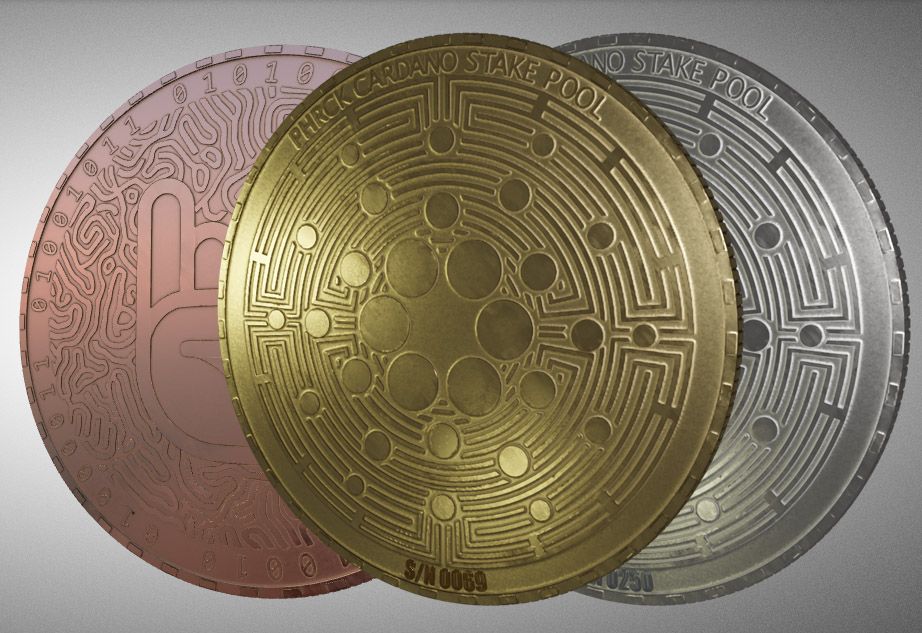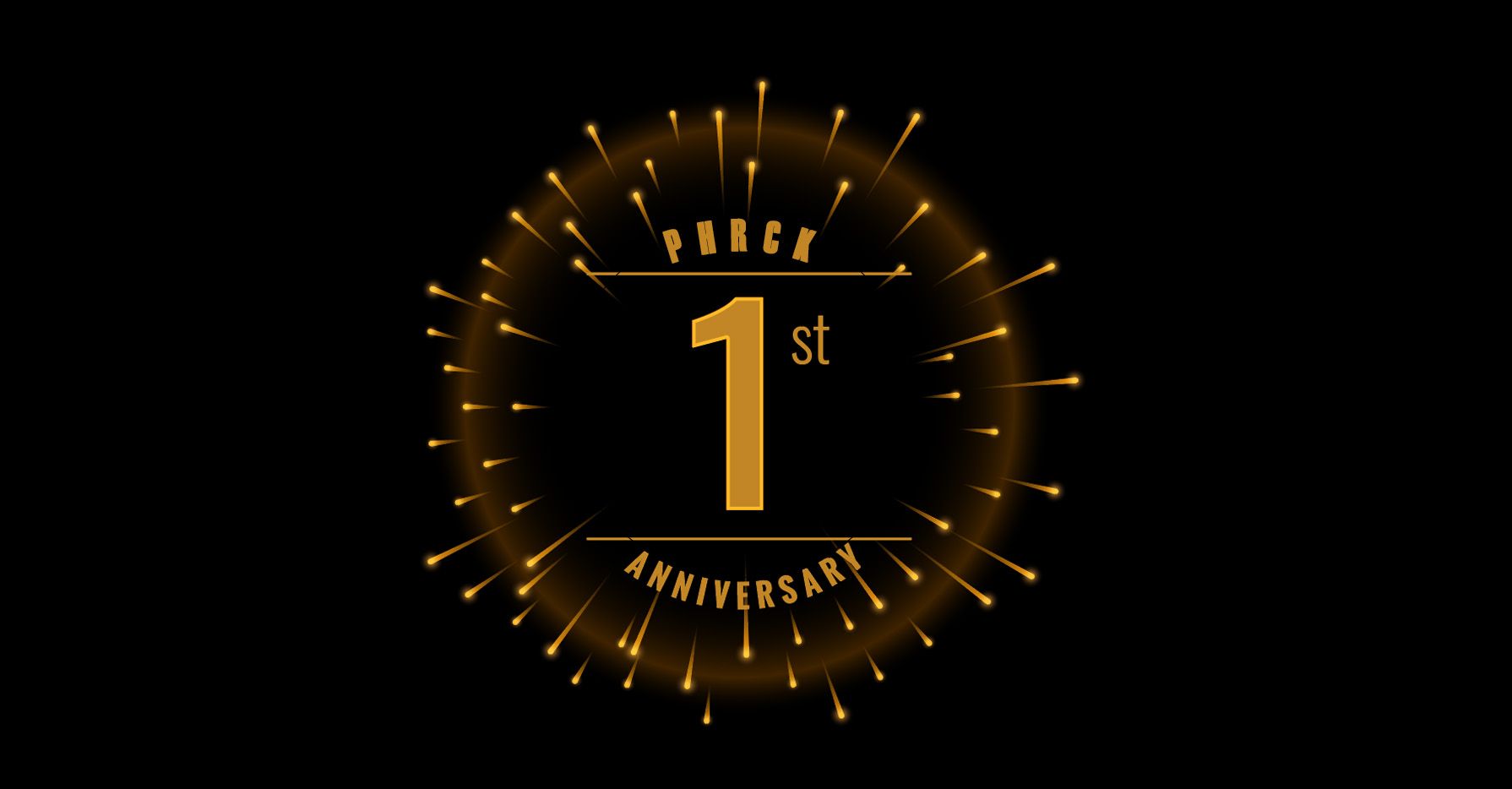When the first and most popular blockchain network — Bitcoin — was created, one of its most compelling and integral features is that it is decentralized. At least that’s the promise.
Why is decentralization so important for blockchain networks? That’s because they are supposed to provide an alternative, if not a replacement to our existing, broken financial and power structures.

The primary issue with the current financial systems all around the world is that they are centralized. Only a select few people have the power to control the supply and access to money. I’m talking about the people in charge of the central banks. These people can legally print money whenever they want. And recently, there’s not even actual printing involved anymore. It’s just a matter of typing numbers into the databases of the financial system.
All the while, people like you and I, have to actually do stuff in order to “earn” money. Keep in mind that we are talking about the same money that those few people can create out of thin air.
Now, why is it like this? How did we come to this? Not fair, right? Definitely not! But that is how our fiat money is produced — the money issued by our central banks, the money we use in our daily lives.
We got here because we allowed power to consolidate into the hands of a few people who eventually passed into law the power of their benefactors to control our money. It happened because the general population was passive about this matter at the time.
So here we are now, slaves to centralized financial systems in every country around the world, which are vulnerable to all sorts of problems from hyperinflation to corruption.
The Promise of Blockchain
Humans are smart, and most of us are not happy with slavery in whatever form. So, in around 2009, blockchain technology (particularly Bitcoin) started gaining popularity. It promised us a financial system that we can use to store and transport value without surrendering some freedoms to central authorities.
For the first time in history, we finally have at least a working experiment of a financial system that is not controlled by any single participant of the system or even external entities. It is instead controlled by all the participants of the system and participation is open to anyone. There is no requirement for registration with any central authority to get permission to join the system.
Most importantly, no one gets to just print more money in this system whenever they want. The rules of this system do not favor any single participant and there are fixed rules for how the native currency in the system is produced and how much of it will there ever be. And these rules enforce themselves without relying on actions from its human participants.
The New Generations of Blockchain Tech
The original system continued to progress and develop, albeit slowly, into where it is now. But of course, it’s not perfect. It has its own problems. Some of them being really slow, being very limited in functionality, and requiring too much energy to run such that it’s already harmful to the environment.
This is why it didn’t take long before new blockchain projects were launched. These new projects offered more and better features than their predecessor. Some of them also offered solutions to the main issues of the old system.
Fast forward to today, we now have blockchain networks that have significantly faster transaction confirmations, useful features like smart contracts, and multi-asset systems. We now also have projects that offer an alternative to the energy-hog proof-of-work consensus mechanism which is used in Bitcoin and other early blockchains.
One of them is the Cardano project which is loved by its huge and diverse, worldwide community.
The Pesky Centralization Problem
Despite all the progress that we have collectively made, the natural forces that motivate humans to pursue any worthwhile endeavor still continue to find ways to consolidate power and control; even in blockchain networks where this very idea is despised.
Every blockchain network existing today still has the real tendency for its control to be consolidated into the hands of a few participants.
In Bitcoin and other projects still using the proof-of-work consensus, the most influential participants are those who own the biggest pool of computing (hashing) power. This hashing capacity is what allows a participant to produce the new blocks that are added to the chain. And the ability to produce these blocks is in turn the source of power within the system.
That’s because the transaction fees and a portion of the unissued currency in the network are given as rewards to the participant who produced each new block. So, more hashing capacity equals more blocks, equals more of the network’s currency. Aside from this, the ability to produce a new block itself can be thought of as a license to write the next page in the history of that blockchain. And once something is written in the blockchain, it remains there for as long as the chain lives.
If a bad participant is able to write transactions into blocks without opposition from other participants, they can basically print their own money. And then we’re back to where we all started.
In blockchain projects using the proof-of-stake consensus (currently the most popular alternative to proof-of-work), instead of hashing power, participants are competing for new blocks with the size of their “stakes”. In this case, the participants who seek power are trying to consolidate as much stake into their control as possible.
Cardano
Cardano is one of these proof-of-stake blockchains and probably the most promising one. Instead of going straight to their code editors to write the software applications, they actually went through the tedious academic and scientific process of peer review to have their system concepts critiqued, refined, improved, and developed by many of the best thinkers in the world.
But still, Cardano and its counterparts are not totally invulnerable to the powerful force inside us humans that drives us to pursue more and more power in whatever system we participate in. There will always be some of us who will work tirelessly to get past the measures put in place in the system.
The hope we have in Cardano however, is that it is one of their repeatedly stated goals that this network will continue to pursue decentralization; that by design, the system will “push power to the edges”. So that no single participant is systematically disadvantaged.
And so far, the community around it can see that the core entities developing Cardano are listening to the community’s feedback. This makes us hopeful that we can really get there, to the promised future of decentralized financial systems. At least in this one aspect of our society, we get to be truly free.
In Case of Regression
As a parting reminder, if the most influential participants of a blockchain network betray this promise of decentralization, it will eventually die. After all, it will be no better than our current banking system. At least our current banking systems are sanctioned by law.
After all the hard work and science, we will have regressed if we let that happen. And for those who sought the power and control, they can then have all of it in a system that no one uses.
Start passively growing your crypto, stake with us today! To delegate to our stake pool, use the following details:
Ticker Code
PHRCK
Pool ID
0cc4e441026e975f1cf048fcd3489c86424014dd34c244e268cb8095
New to Cardano and staking? Check out our video guides on how to stake:
Credits:
Feature image by starline.



